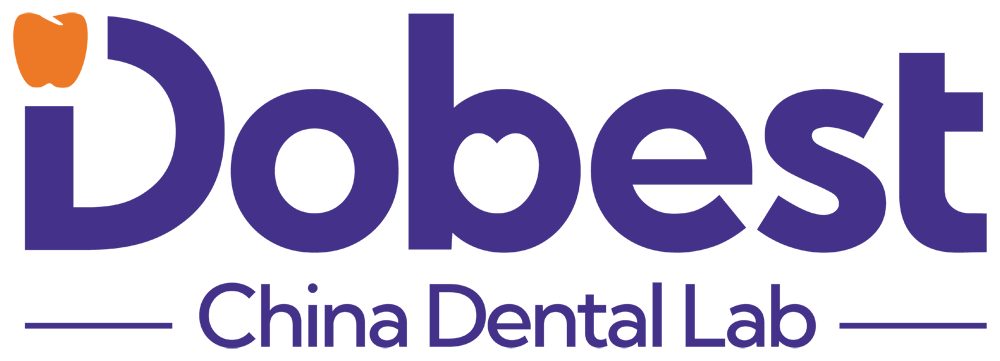How to send digital impression
Step 1: Sending a digital impression
DBS LAB is highly proficient and eminently qualified to offer comprehensive support to clinicians leveraging digital impression systems. The lab integrates computer-aided technology throughout nearly every phase of the production process, guaranteeing that the fabricated restorations not only adhere precisely to prescriptions but are also crafted from the most state-of-the-art materials available.
In the realm of both traditional and implant restorations, DBS Lab is fully equipped to handle scans from a diverse range of leading platforms. This includes the Sirona CEREC®, Align Technolgy iTero™, Carestream Dental’s CS 3500, PLANMECA CAD/CAM SOLUTIONS E4D Technologies PlanScan®, the 3M™ True Definition Scanner, and 3Shape’s TRIOS®.
Once a clinician has successfully captured an impression using their scanning apparatus, the subsequent step involves seamless data transfer to DBS Lab. For those systems that operate via proprietary connection portals, the data is dispatched to DBS Lab through the officially sanctioned and pre-established connection pathways, as meticulously detailed in the respective system manuals. In the case of open systems, clinicians can effortlessly download the scan data from their impression units and then directly transmit it to DBS Lab via our user-friendly “My Account” interface.
Step 2: Digital case design
Once your scan data has been transferred to the digital network at DBS Lab, a dedicated team of highly skilled dental technicians conducts a concise clinical evaluation. Their aim is to confirm that each case is primed and suitable for the production phase. Once approved, these cases are then allocated to the corresponding technical department, taking into account the specific material and restoration type that the clinician has requested.
At DBS Lab, nearly 100 percent of case design is managed using advanced dental design software. These specialized programs, crafted with precision, empower our seasoned dental technicians to meticulously sculpt every detail of a restoration.
Our extensive decades-long background in traditional lab work informs every single action they take, ensuring impeccable fit, flawless function, and captivating aesthetics. This fully digital design process assures a significantly enhanced level of accuracy in the final restoration. It eradicates the errors that are typically associated with traditional impressions and the casting of stone models. In fact, a vast majority of our contemporary production procedures can be accomplished without ever necessitating the creation of a physical model. However, clinicians who have a preference for verifying their restorations on a model can still make a request to the laboratory.
Step 3: Digital production
Once the digital restoration design reaches its conclusion, the design file is dispatched to the relevant production unit, which is determined by the specific material and restoration variety solicited by the clinician.
Outlined hereinafter are succinct summaries of the diverse procedures and state-of-the-art technologies implemented throughout our extensive range of lab offerings.
Irrespective of whether a clinician submits a case through digital means or via traditional impressions, every single restoration crafted at BDS Lab benefits from the same avant-garde technologies and methodologies. It stands as our unwavering commitment to extend the advantages reaped from these innovations to clinicians and patients spanning the globe.
Step 4: Track your cases
You’ll receive notifications when the status of your case changes, such as when we finalize your case or send it out for delivery.
